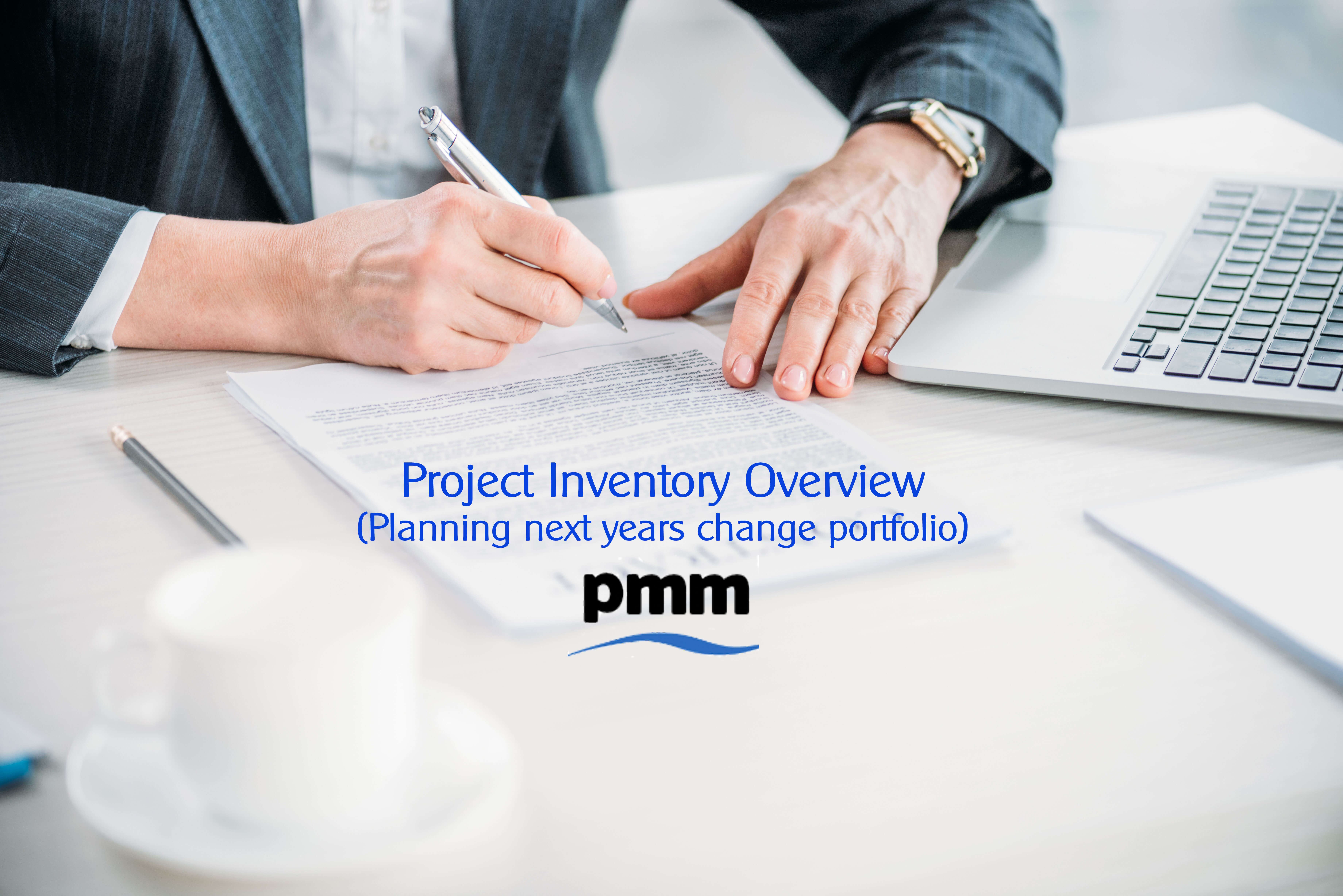 It is now part way through October at the time of writing this post, otherwise known as the Quarter 4 (Q4). This is the time many projects managers and sponsors have a reality check as there is only 2.5 months, well 2 months if you take out the Christmas break, to deliver.
It is now part way through October at the time of writing this post, otherwise known as the Quarter 4 (Q4). This is the time many projects managers and sponsors have a reality check as there is only 2.5 months, well 2 months if you take out the Christmas break, to deliver.
However, while it is important to deliver what you intended in any given year, it is equally important to have the foresight to make sure that you are set up for success for the following year. It is so easy for everyone to be distracted by the current year and not pay any attention to what needs to be done next year.
This is a problem as, it is very rare that you can just make a decision to start a project and then begin the following day (if your organization can you may want to take a closer look at the governance process).
Usually an idea needs to gain support, a check that it is aligned to strategy, a business case produced, budget allocated and resources hired. Not something that can be done in a day. In fact this can easily take a number of months.
Please can you pause for a moment and think about what this statement means. It is common for the majority of projects to be under a year in duration to tie into the budget process. This means that there is a period from January to December to complete the work. If an organization does not start thinking (and mobilizing) until January, it is highly likely that the program will not be mobilized until Q2 or even later. That is a lot of wasted time that could be productively used.
Time to be a super star PMO
Advanced planning for the coming year is where a PMO can add a huge amount of value and will make you and your PMO look like superstars.
High Level Project Pipeline
Around September the PMO should start building a view of the projects that sponsors may want to kick-off in the following year. This should be captured onto a simple list so as to provide a view of the pipeline. Where possible try to get a high level estimate of costs and potential benefits.
Review Project Pipeline
The PMO should review the list of projects to see how they align to strategy and ask for more information where required. Each one should have a clear driver on why it needs to be completed.
Prioritize Project Pipeline
In consultation with the sponsors and project managers, the project list should be prioritized. It is important not to make this a complex, time intensive process. The objective is to identify a small list of high priority projects, agreed by the sponsors.
Mobilization
Seek advance funding to start the mobilization activities for the projects identified as high priority. This will allow the business case to be developed, reviewed and signed-off, resources to be added and plans put in place during Q4.
This then means that when it comes to January, the project is fully mobilized and moving at pace. The advantage of this is that it gives more time for delivery and a great probability of a successful outcome.
Summary
Using the above principles will help maximize the available time for delivery and give a higher chance of success. It also is very positive to project teams as it demonstrates that the project is important to an organization.
Another benefit is that it distributes some of the mobilization activity away from Q1 when the majority of projects are trying to get business cases signed-off and secure budget. Remember, it is harder to stop a moving train. The meaning of this is, if you can get the train (your project) out of the station (secure funding) and gain speed (start delivering), it is harder to apply the brakes (remove funding).





